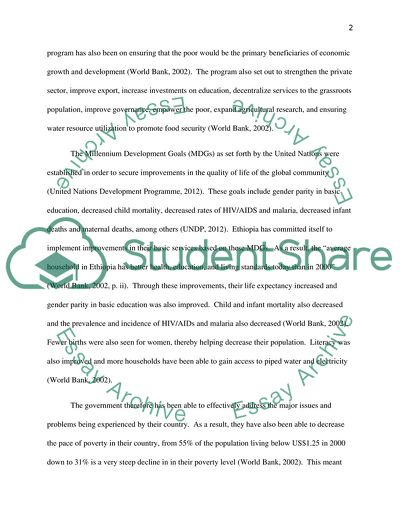Cite this document
(The Effectiveness of Government Policies to Reduce Poverty in Ethiopia Research Paper, n.d.)
The Effectiveness of Government Policies to Reduce Poverty in Ethiopia Research Paper. Retrieved from https://studentshare.org/politics/1881589-the-effectiveness-of-government-policies-to-reduce-poverty-in-ethiopia
The Effectiveness of Government Policies to Reduce Poverty in Ethiopia Research Paper. Retrieved from https://studentshare.org/politics/1881589-the-effectiveness-of-government-policies-to-reduce-poverty-in-ethiopia
(The Effectiveness of Government Policies to Reduce Poverty in Ethiopia Research Paper)
The Effectiveness of Government Policies to Reduce Poverty in Ethiopia Research Paper. https://studentshare.org/politics/1881589-the-effectiveness-of-government-policies-to-reduce-poverty-in-ethiopia.
The Effectiveness of Government Policies to Reduce Poverty in Ethiopia Research Paper. https://studentshare.org/politics/1881589-the-effectiveness-of-government-policies-to-reduce-poverty-in-ethiopia.
“The Effectiveness of Government Policies to Reduce Poverty in Ethiopia Research Paper”, n.d. https://studentshare.org/politics/1881589-the-effectiveness-of-government-policies-to-reduce-poverty-in-ethiopia.


